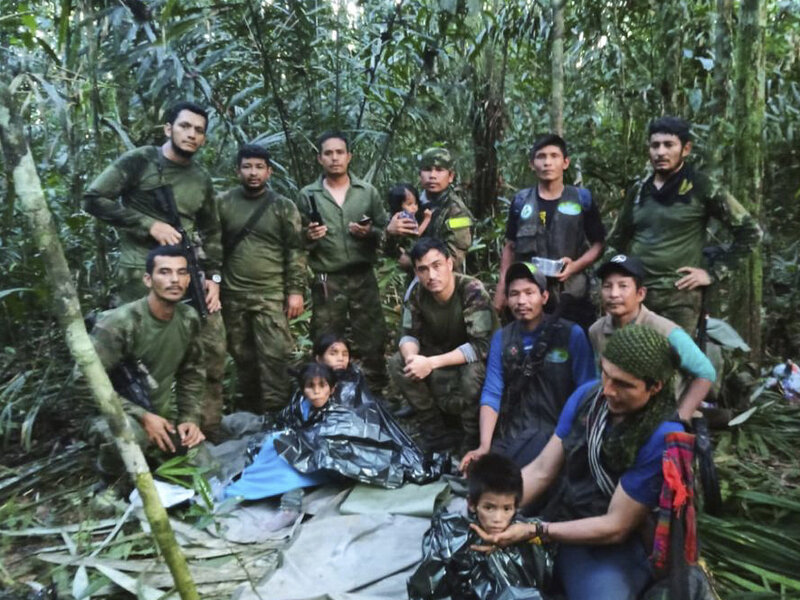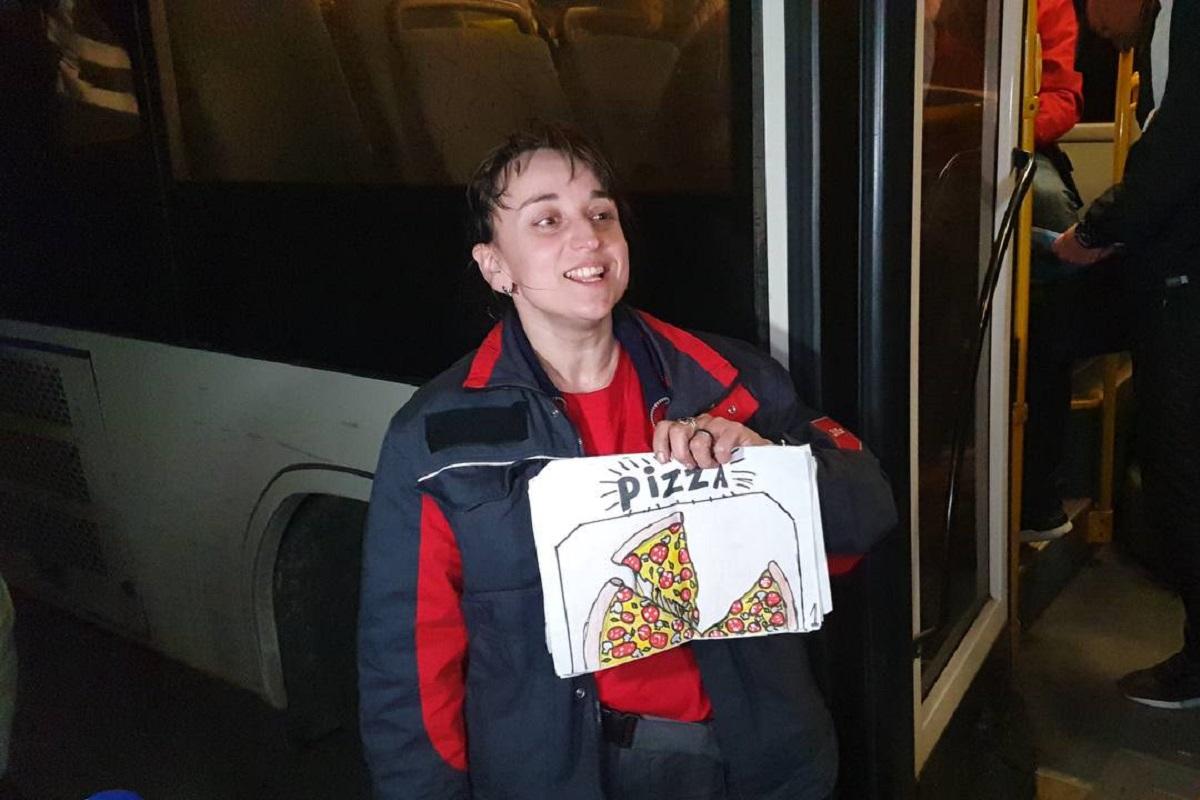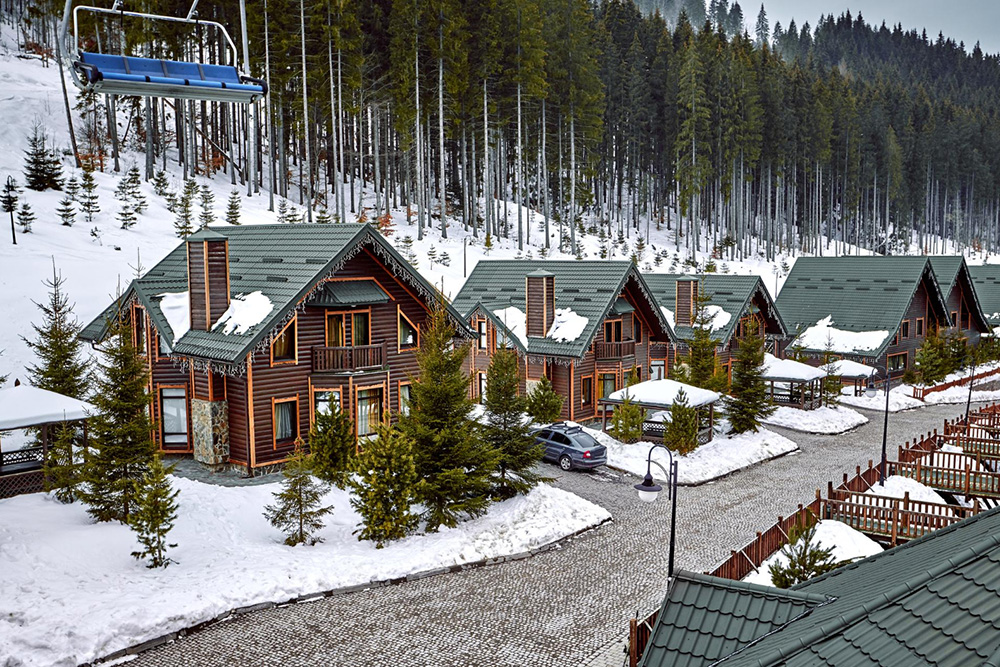Every day, thousands of people on the planet face accidents, insurmountable circumstances, and something that is commonly called “fate.” Life challenges people to the limit, and some of them manage to take on this challenge and survive against all odds. This is how heroes are born able to withstand the circumstances and amazing stories that are worth retelling.
Today, we are going to tell you about people who managed to snatch their lives from the clutches of almost certain death.
Jungle spirits

Photo:4 children lost for 40 days after a plane crash are found alive in Colombian jungle Source: Colombia’s Armed Force Press Office
On May 1, 2023, Ms. Mucutuy and her four children boarded a plane to reach the Colombian city of San Jose del Guaviare. While flying over the Amazon, the engine of the small plane failed, and the plane crashed into the jungle. The pilot and passengers died immediately. The children miraculously survived, though their mother was seriously injured.
In a few days, rescuers would reach the crash site and find the bodies of all three adult passengers on the plane. The children – Lesly, 13; Soleiny, 9; four-year-old Tien, 4; and baby Cristin, 1 – would not be there. Traces of small feet and bitten fruit gave hope that the children were not eaten by predators.
For the next 40 days, 150 soldiers and 200 volunteers from local indigenous peoples will search for them. The children will disappear in an area teeming with snakes, predators and dangerous insects. Indigenous expert Alex Rufino told the BBC that the area in question is an unexplored “a very dark, very dense jungle, where the largest trees in the region are,” many of which are poisonous.
But 13-year-old Leslie managed to save herself and her younger siblings from death. After the plane crash, the girl found fariña, a type of cassava flour, among the wreckage. The children survived on the flour until it ran out. They drank water by collecting morning dew and rain in the leaves of the trees. In an effort to protect themselves from predators and storm showers, Leslie also built makeshift shelters from branches held together with her hair ties. When they ran out of flour, the children ate the glucose-rich seeds of the avichure tree, better known as the milk tree. They also ate the oil-rich, avocado-like fruit from the bacaba palm tree, commonly known as “milpesos.”
The children are representatives of the Huitoto indigenous people. Their grandmother, an elder of one of the local communities, often went into the jungle with her grandchildren, teaching them the rules of survival. It seems that these skills gave the children a chance to survive in the wild.
Six weeks after the accident, in the dead of the night, the rescuers found the children. In the morning, the news would be hailed as a miracle by the world media. And only the old-timers of the indigenous Huitoto people will thank the “spirits of the jungle” for the rescue.
“Auntie Soup” from Azovstal

Photo: Natalia from Mariupol shows drawings by children who dreamed of food while hiding from Russian bombs Source:Telegram channel of Mariupol City Council
The Russian army has been continuously bombarding the Ukrainian city of Mariupol with all kinds of weapons for a week now. Local resident Natalia and her husband realized that they could no longer stay in their house and went to seek shelter at the Azovstal plant under fire. All the locals knew that there were specialized shelters on the territory of the powerful metallurgical plant – the only place that seemed safe in the midst of total destruction.
Several dozen residents of Mariupol, mostly children and women, gathered in one of the plant’s workshops. On March 1, 2022, Natalia and her husband joined them. For the next 2 months, people would not be able to go outside due to constant shelling and would survive with minimal provisions.
Mariupol residents came to the plant mostly in a state of shock, often without the most basic necessities – clothes, food, documents. The Azov military regiment and volunteers occasionally managed to deliver food packages to civilians, and the plant itself had some dry rations, but the shortage of food was critical. Children were particularly affected, as it was difficult to explain the absence of the food they were used to eating at home.
No one knew how long they would have to stay in the shelter under fire, let alone whether they would have enough food to avoid starvation. Natalia decided to organize a centralized catering service for everyone in her “workshop.” A soup made from 30 liters of hot water and 2 canned foods was a lifesaver. Adults and children ate once a day. Children got larger portions. “I remember when I brought food, the children would shout: “Soup! Soup! Soup!” Natalia recalls. That’s how she got her nickname, Auntie Soup.
Hiding in Azovstal’s workshops from Russian bombs, the children dreamed of pizza and sweets. These dreams had no chance of coming true, but Natalia came up with a good way to reduce children’s suffering. The kids drew their favorite foods and then organized a contest for the best drawing. One boy wanted pizza so badly that he glued his drawing over the place where Auntie Soup slept. Natalia still had to come up with a way to fulfill this childhood wish while in a shelter in the middle of war-torn Mariupol.
The pita bread with pieces of canned food fully satisfied the children’s requests. The kids may not remember the taste of this “pizza”, but Natalia will remember the eyes of children who were deprived of the most basic things by the war for the rest of their lives.
The woman managed to leave Mariupol and is now writing a book about her experience of survival at the Azovstal plant, under incessant targeted shelling by Russian artillery and aircraft.
Snow trap

Photo:81-year-old Jerry Jouret survived for 6 days in a locked car
On February 24, 2023, 81-year-old Jerry Jouret set out from his mountain house in Big Pine, California, to return home to Gardnerville, Nevada. The trip usually takes no more than three hours, but that day Mr. Jouret did not make it home at all.
On the way, Jouret got caught in a snowstorm and accidentally took a narrower road, causing his SUV to become stuck in a snowbank near Gilbert Pass. For the next 6 nights, 81-year-old mathematician Jerry Jouret would try not to die of cold and hunger. That day, 90 cm of snow fell in California, leaving at least 13 people in the state dead in the storm, but Jerry was fortunately not on that list.
For a week, the 81-year-old American drank melted snow, ate several croissants and leftover cookies divided into portions. Periodically, he turned on his cell phone to send a signal. At the same time, he saved fuel and battery power to turn on the heater every few hours and simultaneously raise and lower the window to collect snow for drinking. During the last of these manipulations, the battery died, leaving the window open. Jouret almost froze to death with only a light blanket and a towel to keep him warm.
Fortunately, the California Highway Patrol managed to detect the cell phone signal and narrowed the search area. Helicopters flew to the spot, but the search was fruitless. When one of the crews was on its way to refuel, the pilot noticed something that looked like a large stone. Looking closer, he saw a car and a hand waving from a small hole in the car window. After 6 days of struggle, Jerry Jouret was rescued from the snow trap.
The stories of the survivors clearly demonstrate that even in the most unfavorable circumstances, there is always room for one more attempt to save oneself and others. Often these efforts bring truly impressive results.
Source: The Gaze






